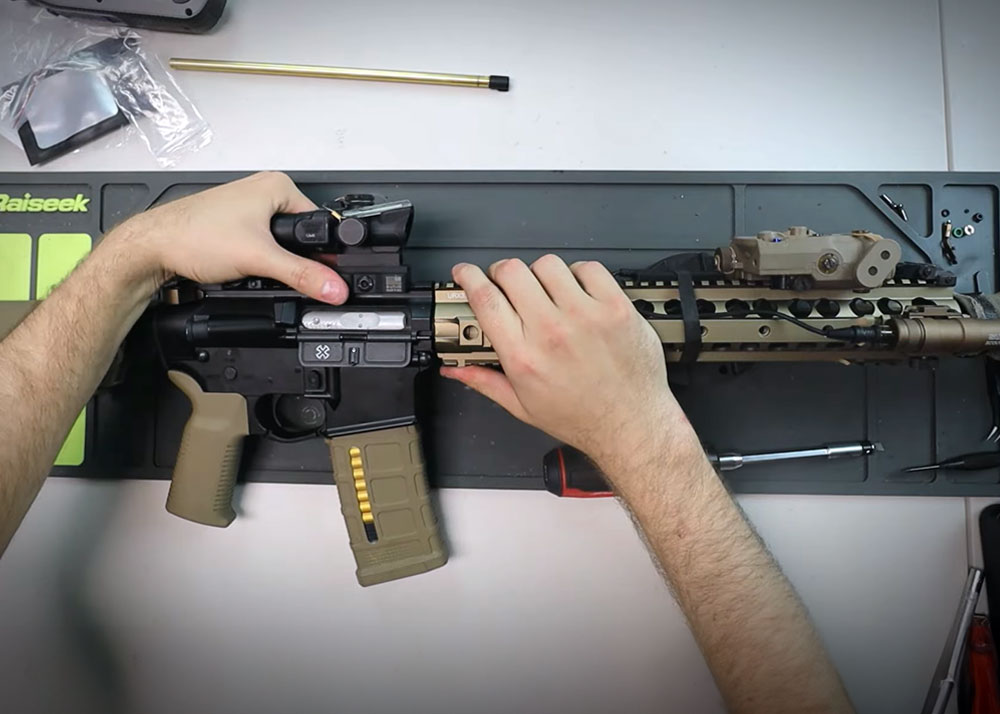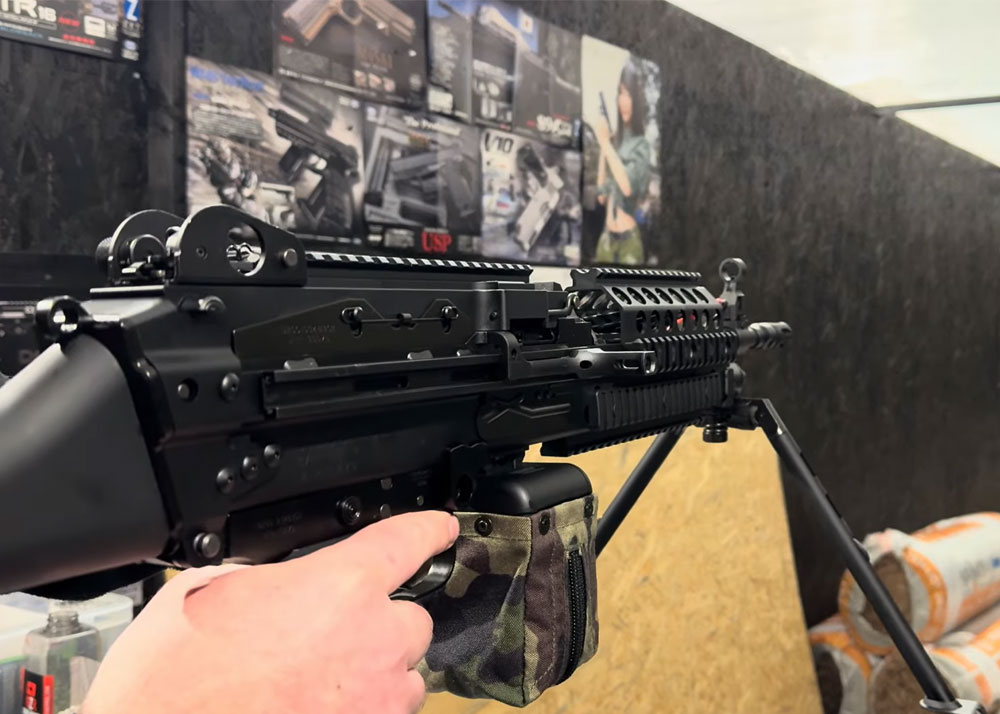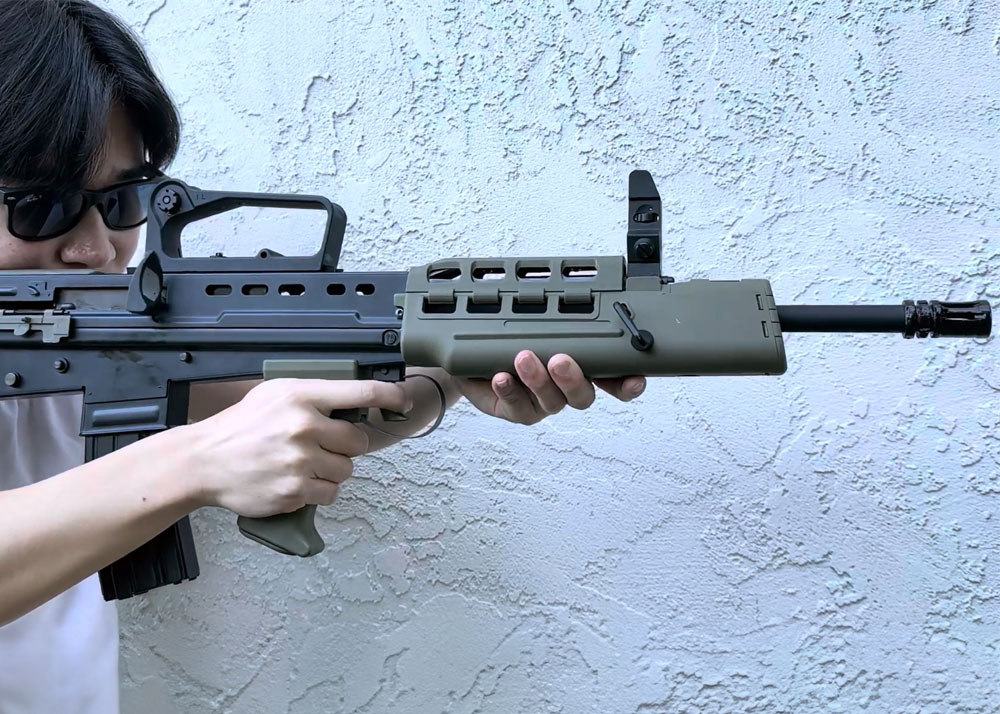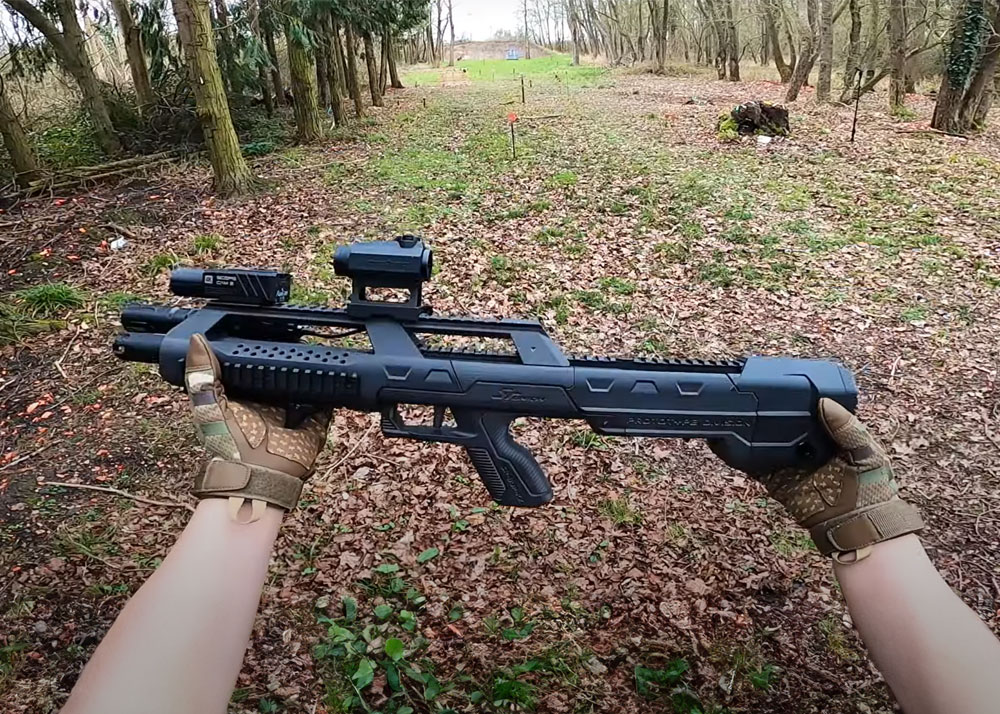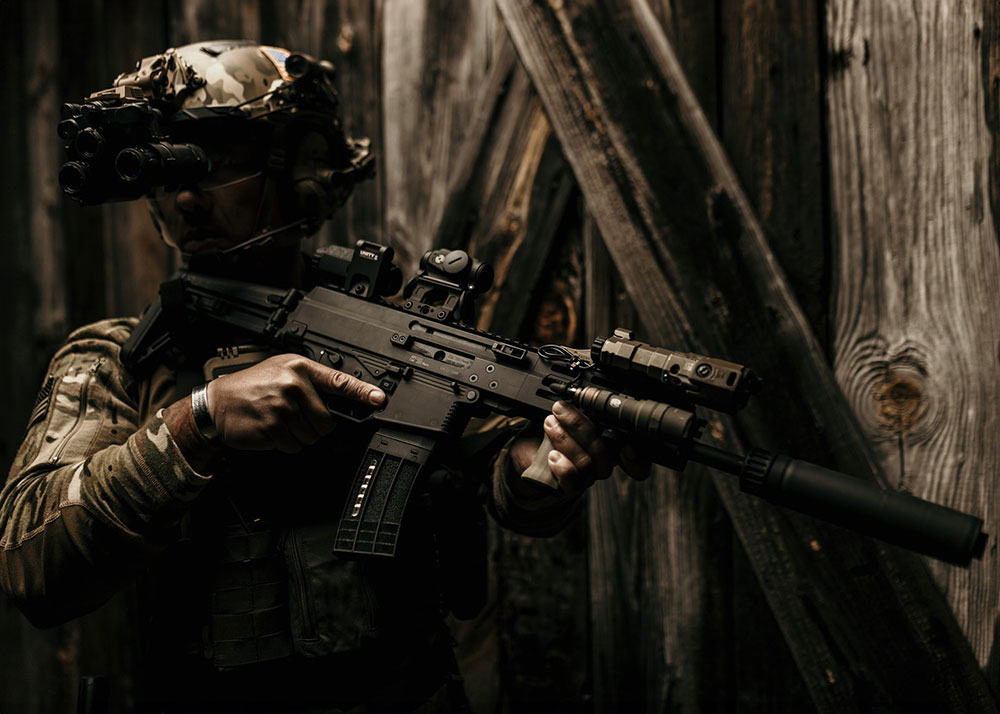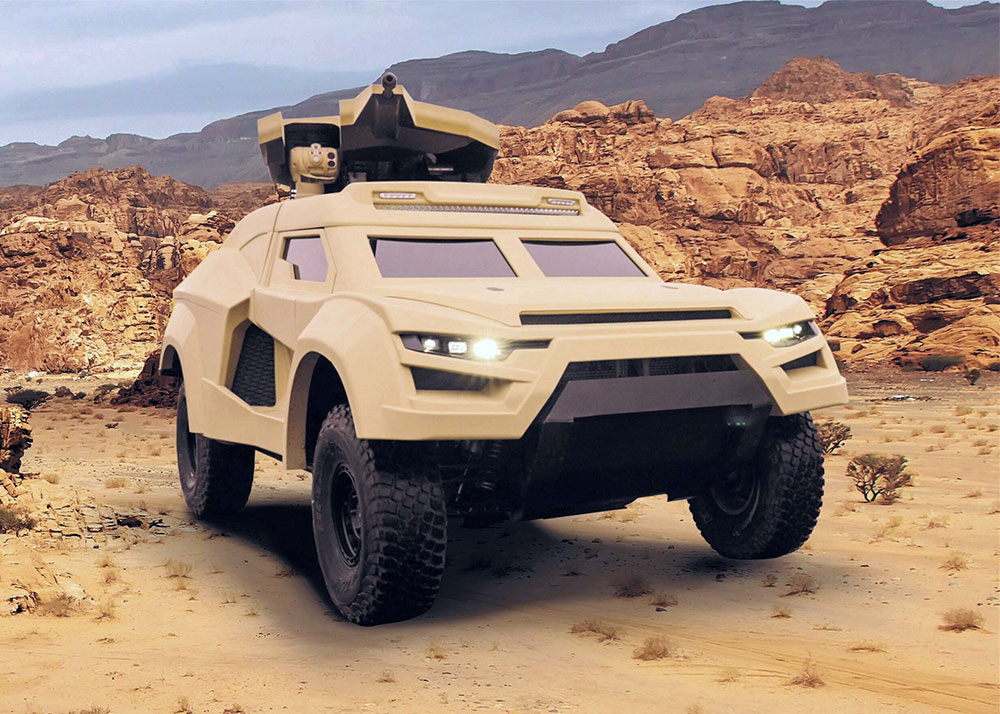Nanotech Breakthrough Could Lead To Lighter Night Vision Devices
Gungho Cowboy
13 Dec 2016
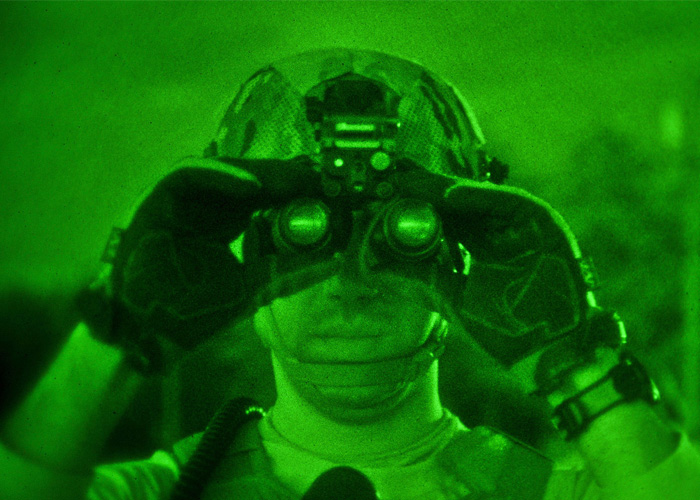
Whilst night vision devices are deemed essential tools for the 21st Century warfighter, they still are cumbersome tools to use. Even the most advanced NVGs, such as the L-3 Ground Panoramic Night Vision System, the ones used in the Bin Laden raid and made famous by the Zero Dark Thirty movie, they are heavy to use and require an external power source to use them.
But that is about to change if the scientists from the Australian National University (ANU) get their technology across and be applied to night vision technology that can lead to lighter night vision devices that are the size and weight of today’s sunglasses according to a report at Defenseone.com.
Present night vision devices are like binoculars or monoculars as they use vacuum tubes that have “objective lens” that are located in the front with the purpose of collecting light and near infrared light with the photons then converted into electrodes by a photocathode. The night vision goggles require thousands of volts of electricity to release other electrons through the vacuum sealed tubes in a chain reaction in the same pattern as the original photon , and then will hit a phosphorescent plate to form the green-tinted imagery that everyone associates with night vision devices.
The team from ANU uses aluminium gallium arsenide nanostructures to achieve the same process without the need for the vacuum tubes. These are “nano-antennas” that are 500 times narrower than human hair and they pick up photons in the infrared range and work together with other photons in a method that increase frequency and divide the wavelength.
“We managed to fabricate very teeny, tiny structures. Those magic structures are capable [of] changing the intensity of the light, change the shape of the light, and, at the same time, change the color of the light,” Mohsen Rahmani explained excitedly, in a video put out by ANU. “Our eyes are capable only of seeing light in the visible spectrum. If we can fabricate an area of nanostructures on flat surfaces like glass, at the end of the day we will be able to convert invisible light in the nighttime or dark areas into visible light.”
This process will still require an external power source, but will need less power that is a fraction of what existing NVGs need. This is further translated into a lighter battery pack to power any future NVG device that will use the technology.
The ANU team have submitted a proposal to the U.S. military’s DARPA agency for further research so that it can be made to fit in glass frames, in this case ballistic glasses that can be used by soldiers in the field. There is no confirmation from DARPA on having agreed to further look into it though in September 2014, they put out a call for proposals for a compact, lightweight, heads-up, broad-band night vision display system.
Top photo source: Wikimedia Commons.


